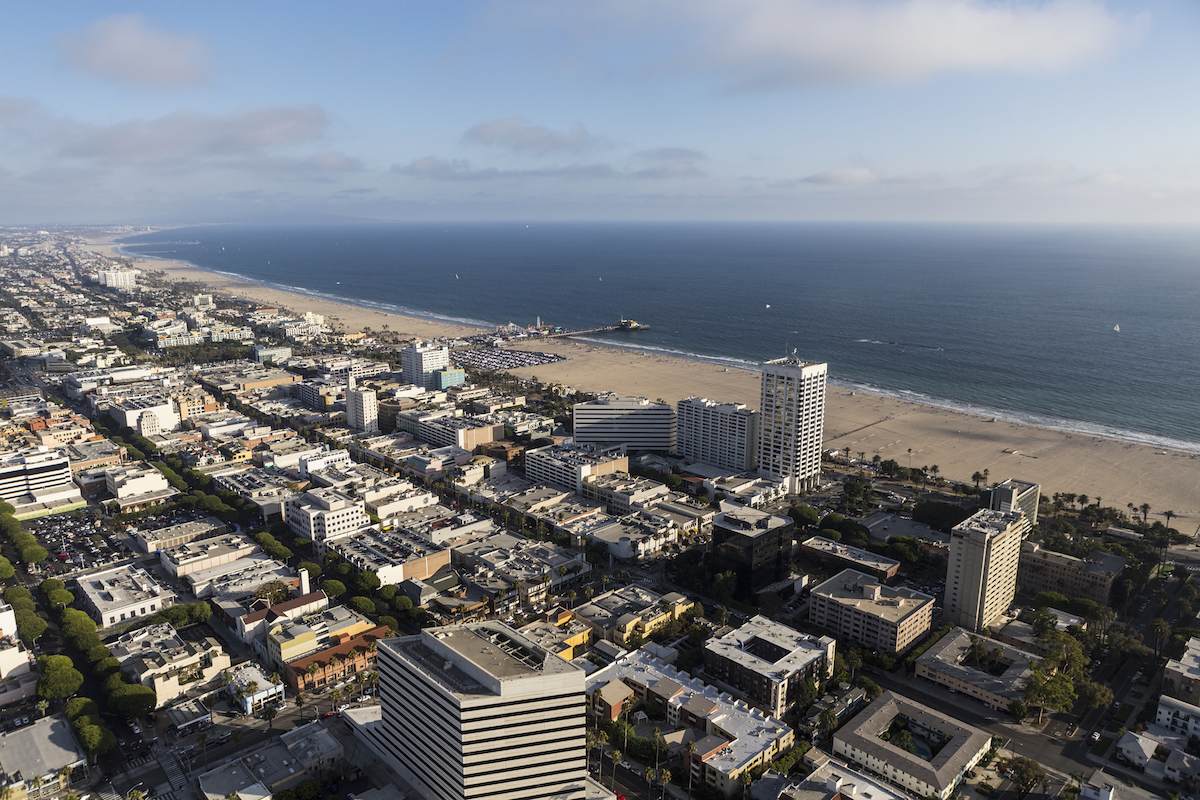The report highlights successes across three key sectors: zero net carbon buildings, zero waste, and sustainable mobility
The City of Santa Monica has achieved a 54% reduction in carbon emissions since 1990, marking significant progress toward its Climate Action and Adaptation Plan (CAAP) goals, according to the latest 5-Year Progress Report released in June 2025 by the Office of Sustainability and the Environment (OSE).
Adopted in 2019, the CAAP aims for an 80% emissions reduction below 1990 levels by 2030 and carbon neutrality by 2050, but the city must cut emissions by an additional 26% in the next five years to meet the interim target.
The report highlights successes across three key sectors: zero net carbon buildings, zero waste, and sustainable mobility. Santa Monica’s enrollment in the Clean Power Alliance, which defaults customers to 100% clean electricity, has slashed residential electricity emissions by 92% since 1990. Transportation, still accounting for 60% of emissions in 2023, has seen a 48% reduction, driven by increased electric vehicle (EV) adoption, the transition of Big Blue Bus to electric models, and the expansion of bike lanes to 123 miles. Building efficiency has improved with heat pump technologies and induction cooking, while the 2024 Low-Carbon Concrete Ordinance is projected to reduce embodied carbon in construction by 20-40%.
Notable projects include the world’s most sustainable municipal building, City Hall East, certified under the Living Building Challenge in 2025, and the Sustainable Water Infrastructure Project (SWIP), which has captured 50 million gallons of water since 2022. Beach nourishment efforts have restored 8 acres of dune habitat, with 37 more acres planned by year-end. Despite these advances, challenges remain, with commercial and industrial sectors lagging due to some opting for less renewable energy from Southern California Edison.
The OSE’s forecast, using ICLEI’s planning tool and data from SCAG and CARB, outlines three scenarios. The Business-as-Usual (BAU) projects a 5% emissions drop by 2050, while the Adjusted BAU, factoring in California’s 2045 clean electricity mandate, predicts an 11% reduction. The Target Scenario, modeling high-impact strategies like Building Performance Standards and EV growth, forecasts a 67% reduction by 2030 and 87% by 2050—still short of the 80% and neutrality goals by 13%. The city is exploring Scope 3 emissions tracking and new policies like time-of-sale electrification mandates by 2028.
City officials stress community action is vital. “From choosing to drive an electric vehicle, to switching out gas appliances in the home, to biking or walking instead of driving, these seemingly small decisions make a big difference,” the report notes.













